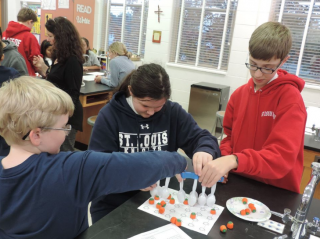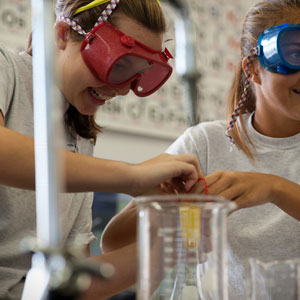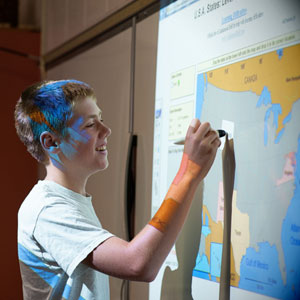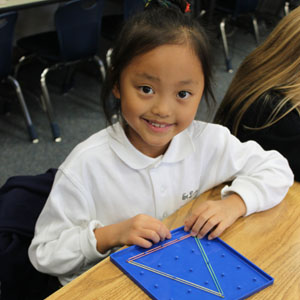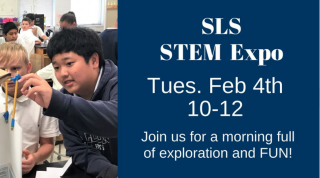STEM Blog
We Speak for the Trees
St. Louis School is proud to sponsor four FIRST LEGO League (FLL) teams this year. The"We Speak for the Trees" team is the second St. Louis School FLL team to compete in a qualifier this season. Join us in wishing them well and consider coming out to cheer them on tomorrow at Catonsville High School. A special thanks to our coaches, Mr. and Mrs. Mike Blackwood and Mr. and Mrs. Paul Connors for providing our students with this rewarding opportunity. Go, Knights! #STEMatSLS #BEaKnight #Archbaltschools
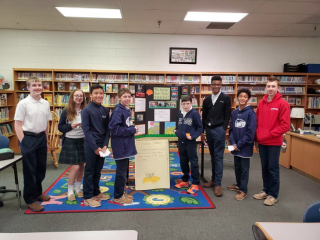
Code and Go Mouse
Second Grade continued their coding lessons by completing a STEM challenge using the Code and Go mouse in Mrs. Phelps' Computer Class. First, they built a predefined maze for the mouse to travel. Then the students worked together to code the mouse to reach the cheese. The students did an excellent job communicating and collaborating to complete this STEM challenge. #STEMatSLS
 ,
, 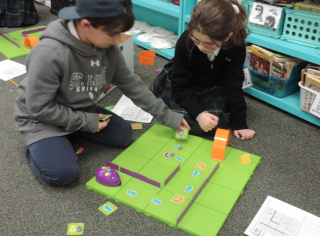 ,
, 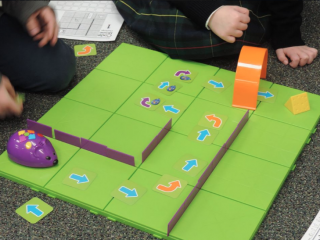
Gingerbread Man
As part of our continuing commitment to STEM education in every classroom, SLS First Graders had a chance to develop their skills in Mrs. Ellerbrock's Library Class.
After reading a story about a Gingerbread Man, students were asked to theorize answers to questions like, "What do you think would happen to the Gingerbread Man if he went into the river - would he sink or float? Why? What do you know about what makes something sink or float?"
Students then checked their answers by testing a variety of items, including foil paper, a balloon, a shell, a paintbrush, and a cork.
A subsequent discussion highlighted that experimentation is a key component of real-world learning, that collaboration, and critical thinking are necessary and that hands-on STEM can be fun! #STEMatSLS
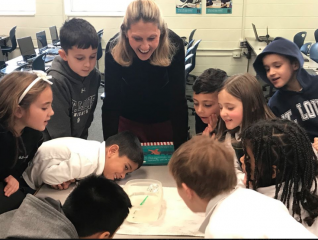 ,
, 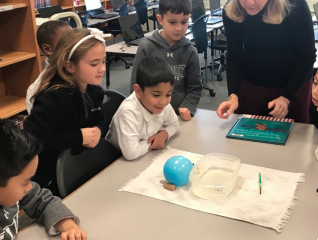 ,
, 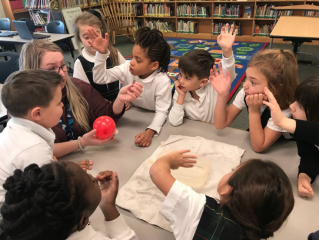
Skyscraper Knights bring home a trophy!
The SLS FLL Robotics season is off to a great start! Our first team to compete, the Skyscraper Knights, won a Second Place trophy for their robot design at the Rockville Science Center Qualifier today. The team also scored Third Place overall in their robot game with a total of 320 points. The SLS community is very proud of all of you and your outstanding accomplishments. Way to Go, Knights!
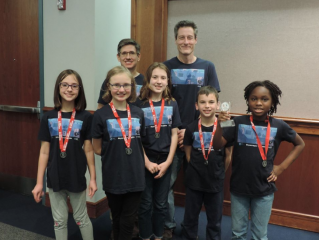 ,
, 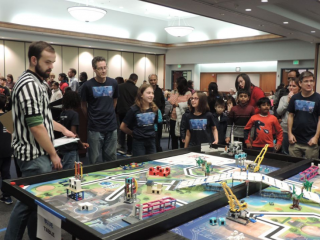
Skyscraper Knights!
“Throughout history, great civilizations have risen, then fallen. Now it’s our turn to rise—building and bolstering our own planetary metropolis. This 2019-2020 season, FIRST RISE, powered by Star Wars: Force for Change, is setting out to inspire citizens of the galaxy to work together, strengthening and protecting the Force that binds us and creating a place where collaboration and collective wisdom can elevate new ideas and foster growth.”
St. Louis School is proud to sponsor four FIRST LEGO League (FLL) teams this year. The Skyscraper Knights are the first St. Louis School FLL team to compete in a qualifier this season. Join us in wishing them well and consider coming out to cheer them on tomorrow at the Rockville Science Center. A special thanks to our coaches, Mr. Lou Faustini and Mr. Michael Piszczek for providing our students with this rewarding opportunity. Go Knights! #STEMatSLS #BEaKnight #Archbaltschools
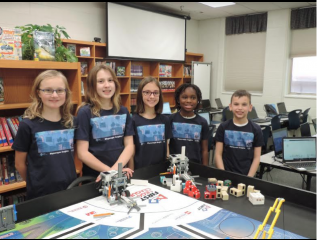
Build your own Computer!
As part of St. Louis School’s continuing commitment to STEM education, we are pleased to announce that we have been awarded a grant under the AFCEA Central Maryland Chapter STEM Kickstarter program. AFCEA International, established in 1946, is a “non-profit membership association serving the military, government, industry, and academia as a forum for advancing professional knowledge and relationships in the fields of communications, information technology, intelligence, and security.”
The AFCEA Central Maryland Kickstarter program awards for initiatives in STEM-related disciplines. SLS received a grant for $4,700 and will be using the funds to purchase a class set of KANO Touchscreen kits Kano Computing based on the Raspberry Pi computer to be used in Grades 2 through 8.
On Friday, Mr. David Fries, VP of Technology for the Board of Directors, presented Principal Terry Weiss and STEM Coordinator Zulma Whiteford with the check. We would also like to thank Kyle Cragg, a school parent who is our AFCEA Central Maryland (CMD) liaison. #STEMatSLS
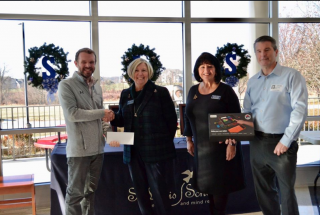 ,
, 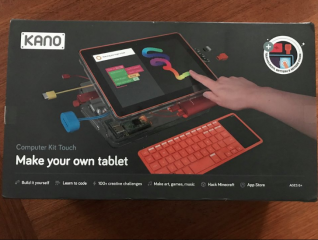
Reindeer STEM Challenge
Reindeer are a critical component of the Santa Claus gift delivery system. Mrs. Yuska’s Eighth Grade students participated in a Reindeer Relay STEM Challenge to design and build a set of antlers to hold Christmas decorations. Given a limited set of materials, each student team constructed a set of antlers, affixed the decorations and then ran a relay race around the room, passing the antlers from runner to runner without dropping ornaments. The students collaborated to design and build their antlers and had a lot of fun! Watch our video to join in the fun. #STEMatSLS
View video of the project below:
Trapped in a Snow Globe!
h Grade has started working on the green screen portion of their "Trapped in a snow globe" project. Check back to see the finished product.
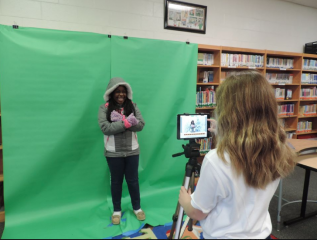 ,
, 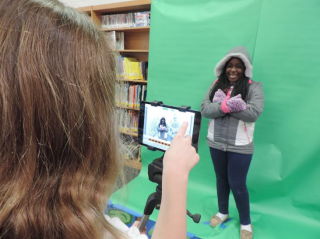
Hour of Code!
As part of our continued commitment to STEM education, St. Louis School is proud to be participating in the global Hour of Code event again this year. The Hour of Code is celebrated during Computer Science Education Week (December 3 through 9) and takes place in more than 180 countries across 200,000 events. The Hour of Code started as a one-hour introduction to computer operations, designed to demystify "code” and to show that anyone can learn the basics. Since then it has grown into a worldwide effort to celebrate computer science. This past week students in Mrs. Phelps’ and Mrs. Whiteford’s Computer Classes (Grades K through 8) participated in age-appropriate coding activities.
The students are encouraged to continue exploring the activities offered on the Hour of Code website (www.hourofcode.com) beyond what we are doing in the classroom. Thank you to Code.org for this remarkable opportunity! #SLSSTEM
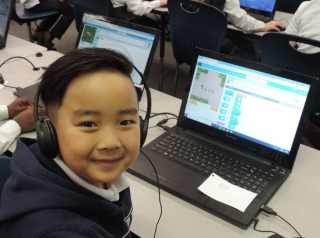 ,
, 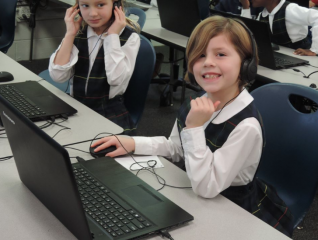 ,
, 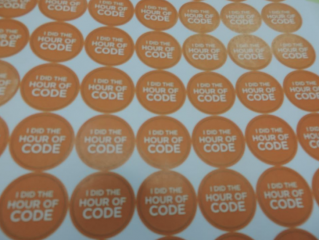 ,
, 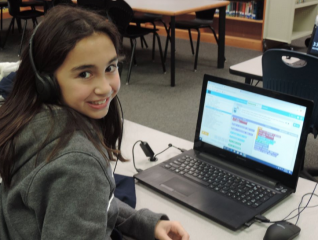
Forces in Motion!
Physics has many fun real-world applications, including how amusement park rollercoasters can scare you while still remaining safe. Yesterday, a group of Eighth Grade students had the opportunity to build rollercoasters in miniature and test them with our younger audience. They employed STEM (Science, Technology, Engineering and Mathematics) knowledge and tools to create functional rollercoasters made of cardstock, tape and marbles. Who knew that engineering could be so much fun? #STEMatSLS Learn more by visiting: paperrollercoasters.com
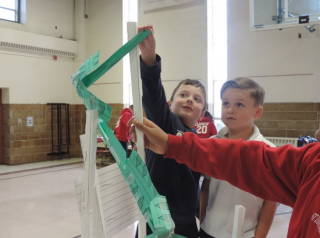 ,
, 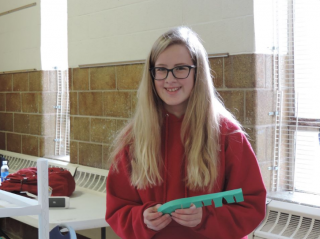 ,
, 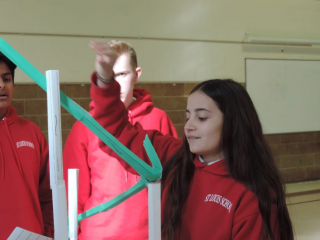 ,
, 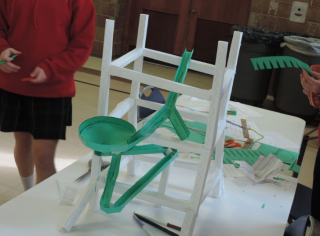 ,
, 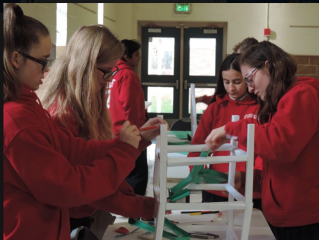
Cyber STEM Fall Program
The fall session of our CyberSTEM After School program came to an end Wednesday, November 20th. Students received their certificates and folders with all materials related to their coding projects used during the session. The fall session focused on using the Python programming language to create drawings and simple programs. In addition, the students participated in brain riddles, challenges, puzzles, and a digital "Breakout" game. For those of you who might want to try your hand at home, you can download Python for free at https://www.python.org/.
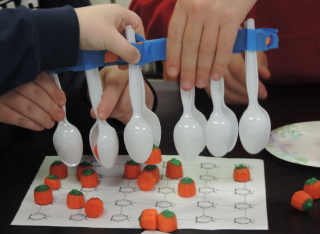 ,
, 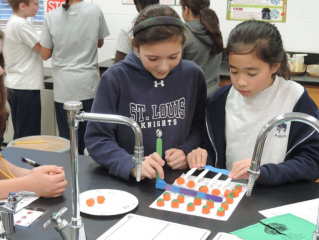 ,
, 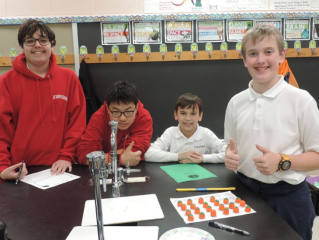 ,
, 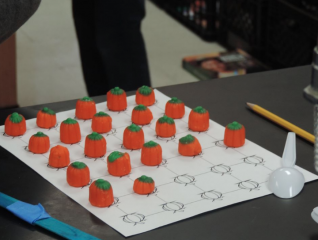 ,
, 